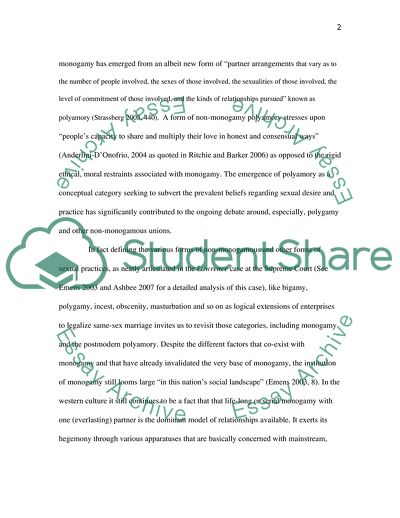Cite this document
(Human Sexuality: Polygamy and Polyamory Article - 4, n.d.)
Human Sexuality: Polygamy and Polyamory Article - 4. https://studentshare.org/gender-sexual-studies/1749751-human-sexuality
Human Sexuality: Polygamy and Polyamory Article - 4. https://studentshare.org/gender-sexual-studies/1749751-human-sexuality
(Human Sexuality: Polygamy and Polyamory Article - 4)
Human Sexuality: Polygamy and Polyamory Article - 4. https://studentshare.org/gender-sexual-studies/1749751-human-sexuality.
Human Sexuality: Polygamy and Polyamory Article - 4. https://studentshare.org/gender-sexual-studies/1749751-human-sexuality.
“Human Sexuality: Polygamy and Polyamory Article - 4”. https://studentshare.org/gender-sexual-studies/1749751-human-sexuality.


